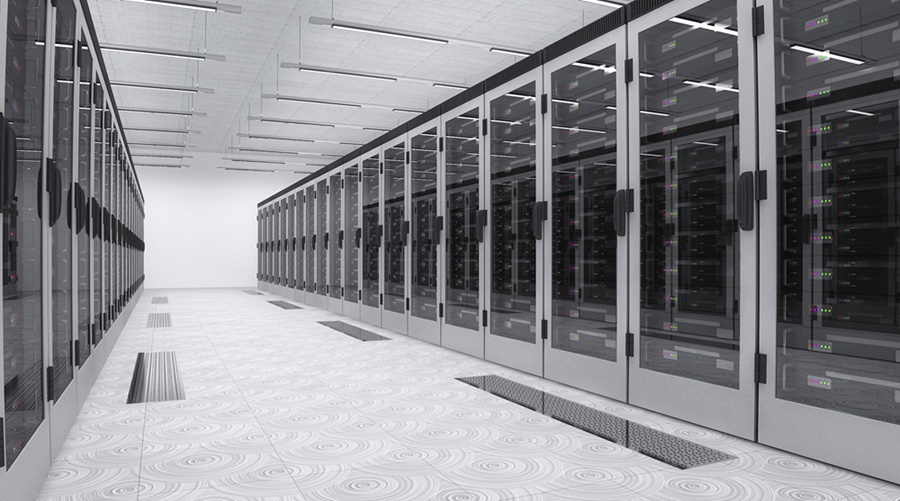First of all, we need to understand what the nature of the smart routers that are now being introduced by major manufacturers and what features they have. In the current sense, intelligent routers, from the product features of different manufacturers, focus on the following points:
1) Simplified configuration, support APP configuration management
2) Scalable plugin management, users can add and uninstall applications
3) More optimized network resource management, for example, network resources can be allocated according to different user roles. Implement load balancing and management
4) Add various peripheral storage devices to provide users with online and offline data download capabilities.
5) Intelligent parental management functions for healthy network use.
6) Stronger wireless signal transmission, most of which support 11ac, and better wireless coverage.
Looking at the features of these so-called intelligent routers, we can draw the following conclusions:
1) Intelligent routers in the current sensors are intended to solve the problems of the router itself, such as wireless signal coverage.
2) Provide users with more network management capabilities to solve the problem of network resource utilization
3) plus some optional plug-in services, storage services
This is basically the essence of smart routers today. Can such a smart router become the entrance to the IoT smart home and help realize the Internet of Everything?
Let’s analyze what the needs of the IoT smart home application are.
The so-called all things interconnection, for smart homes, is to achieve all the electrical equipment used by users, all kinds of sensor equipment can achieve mutual connection, interconnection, and interoperability. Form a unified Internet of Things system to provide users with a variety of intelligent device management and experience.
The user equipment that the current smart home needs to face mainly includes lighting equipment, household appliances, environmental monitoring equipment, health management equipment, background music, and intelligent security equipment. Some of the intelligent control of these terminal devices use bus control mode, some use powerline PLC control, most of them use wireless control transmission, and wireless control can be divided into WiFi connection control, ZigBee connection control, Z-Wave, EnOcean, Lora, and many other wireless control methods. How to integrate these various kinds of intelligent terminal devices into the network and realize the intelligent management of interconnection and intercommunication is the capability that the IoT smart home entry device must have. Obviously, intelligent routers in the current sense do not have such capabilities.
A truly smart home entry device must have the following capabilities:
1) Internet home portal with secure and intelligent network resource management capabilities
2) Ability to access various wireless protocols and wired protocol devices. Simultaneous access to various intelligent terminals to realize interconnection and interoperability of intelligent terminal devices
3) Must have the ability to perform various data collection and intelligent behavioral analysis. The maintenance and management of the home Internet of Things system can be independently implemented to provide a smart application experience.
4) Ability to remotely manage.
In the current sense, smart routers have a long way to go to become the IoT smart home portal, but this is an inevitable trend. Only such a device has the potential to become a smart home entrance, and it will certainly occupy the most important position in the application of smart home.
Article source: https://www.jiaheu.com




